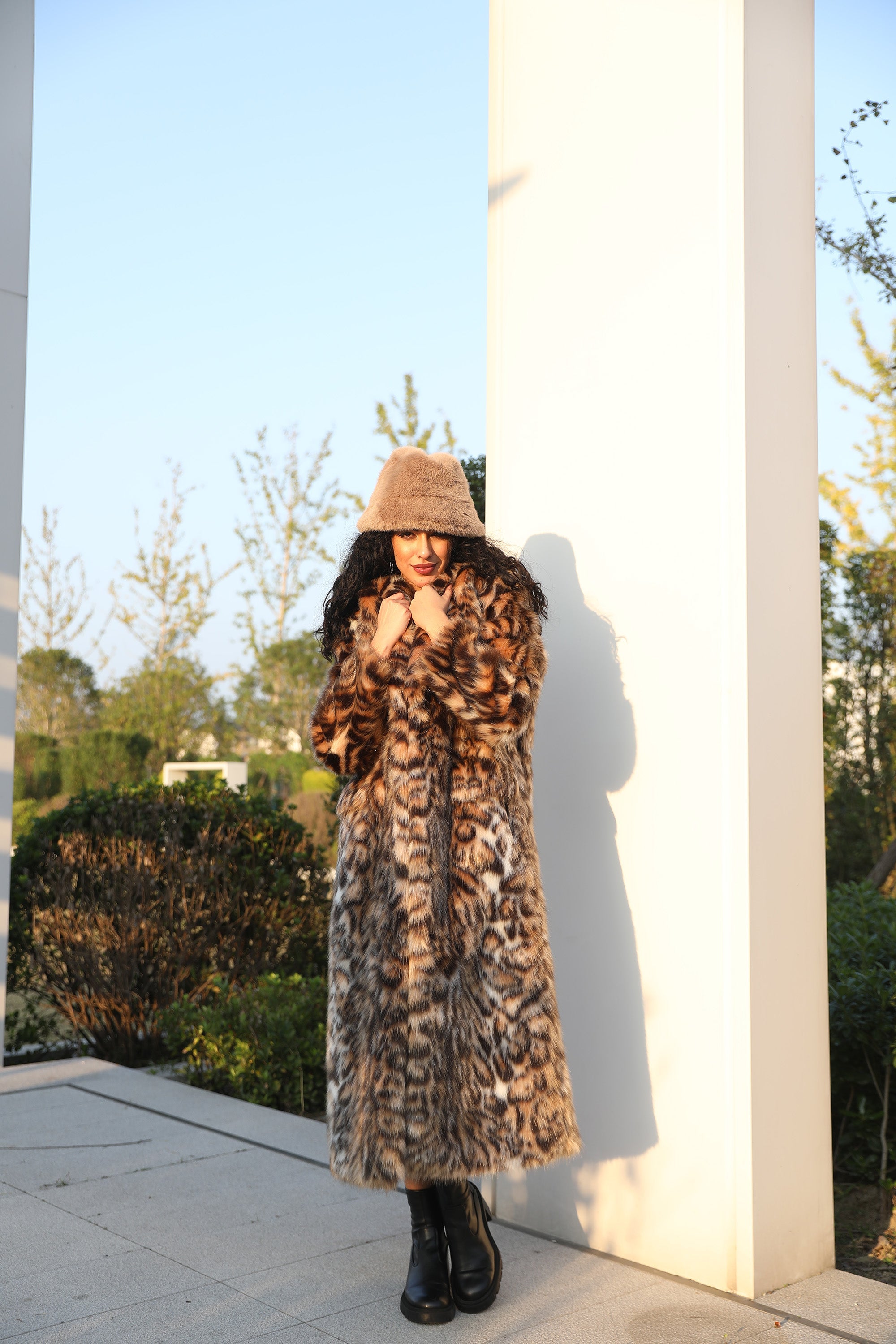
Faux Fur: The Excellent Choice That Protects Lives and Saves Your Wallet
When it comes to choosing materials for clothing, home textiles, and accessories, fur-like fabrics often leave us in a dilemma. Animal fur was once highly sought after for its natural properties, but with the growing popularity of environmental awareness and advancements in technology, faux fur has gradually revealed more significant advantages—especially in terms of animal protection and cost—convincing more and more people to make the switch.
1. Faux Fur: A Kind Choice for Innocent Lives
The process of obtaining animal fur is often tied to cruel harm to creatures:
- For high-quality mink or fox fur, many farms resort to live skinning, condemning animals to painful deaths.
- Even for wool, some farmers prioritize yield over animal health, shearing sheep roughly. This leads to infected wounds or malnutrition, which kills countless sheep annually.
- Goose and duck down extraction is no better—live-plucking is common, subjecting these waterfowl to unimaginable suffering.
Behind every animal fur product, there may be the whimper of a living creature.
Faux fur, by contrast, avoids all this cruelty. Made primarily from chemical fibers or recycled fibers via advanced manufacturing, it harms no animals throughout its production cycle. Choosing faux fur means embracing warm, soft textures without the moral burden of endangering lives.
2. Faux Fur: A Budget-Friendly Alternative
For most consumers, cost is a key factor—and faux fur has a clear edge here:
- Animal fur production incurs high costs: feeding, raising, and caring for animals (or unethical extraction costs), plus complex processing. These expenses make genuine fur products prohibitively expensive—a single fur coat can cost thousands, even tens of thousands, of dollars.
- Faux fur benefits from accessible, affordable raw materials and streamlined manufacturing. This keeps costs low, making products like faux fur jackets, throw blankets, or earmuffs far more budget-friendly—offering the same warmth and style as animal fur, but at a fraction of the price.
This high cost-effectiveness lets you update your wardrobe or home decor without overspending.
Why Faux Fur Is the Future
In a world where animal welfare and rational consumption are increasingly valued, faux fur is no longer just an "alternative" to animal fur—it’s a better choice. It lets us protect vulnerable animals while enjoying quality, affordable products.
So the next time you shop for fur-like items, choose faux fur: it’s kind to animals, gentle on your wallet, and aligned with a more sustainable future.
Vorheriger Beitrag
How to Identify Different Types of Fox Fur: A Complete Guide to Silver, Blue, Red, White & Golden Fox Furs
Nächster Beitrag







